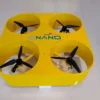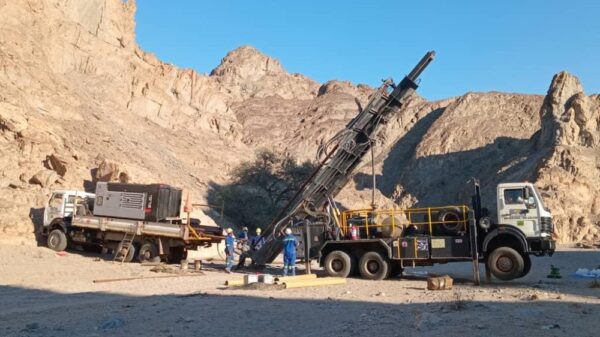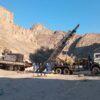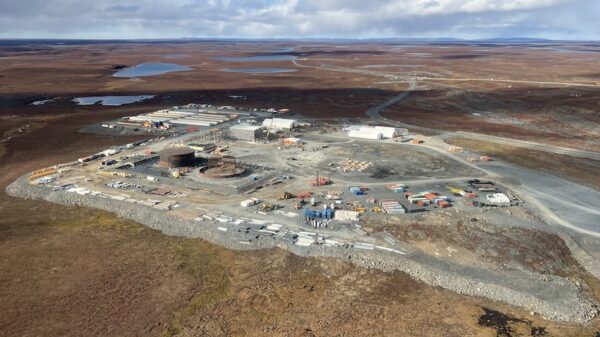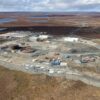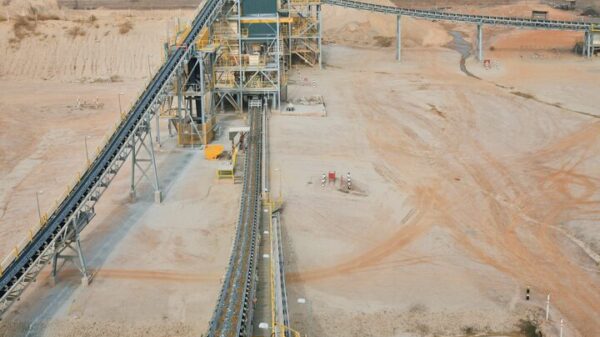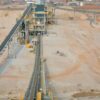Canada continues to invest in new technologies that will reduce the environmental impact of mineral exploration.
The Government of Canada announced Friday that it is investing up to $298 million in the non-profit Digital Technology Supercluster, which focuses on developing low-impact technology for the mining industry and other modern tech through investments and partnerships. The firm explores technologies related to big data analysis, quantum computing, artificial intelligence and robotics, among other things.
“On behalf of the Government of Canada, I would like to congratulate the Digital Technology Cluster on announcing 94 projects to date, making a significant contribution to the digital technology ecosystem, both here at home and abroad,” said Minister of Innovation, Science and Industry François-Philippe Champagne during a meeting with Richmond British Columbia’s Ideon Technologies on Friday.
The Minister talked with Ideon about its recently developed low-impact mining technology called Earth X-ray, one of the Supercluster’s key projects for mining innovation. The technology uses satellite technology and artificial intelligence to view the geological composition of an area up to one kilometre underground, thereby vastly reducing the amount of expensive exploration drilling required by mining companies.
The Supercluster announced that it was investing $13.5 million in the project in the fall of 2021.
“Digital’s powerful innovative framework has been instrumental in driving our creation of breakthrough technology for the global mining industry, at a time when the industry and the world need it the most,” said Ideon’s CEO Gary Agnew.
The X-Ray is one of the Supercluster’s projects that recently won Canada’s Governor General’s Innovation Award for its ability to enhance the accuracy of targeting mineral deposits and help establish an environmentally conscious mineral supply to support the transition towards clean energy.
“To cement the transition to low-carbon economies, we need sustainable, low-impact methods of locating and extracting critical minerals,” said Sue Paish, CEO of the Digital Technology Supercluster.
Read more: Huawei’s AI platform helps jaguar conservation in Yucatan jungle
Read more: How artificial intelligence is transforming the mining industry: Cybertiks
AI, the future of mining
Companies like Huawei, Cybertiks and Hecla Mining Company (NYSE: HL) have been developing other innovative mining technologies that utilize AI and enable better efficiency at mining operations in recent days.
Huawei has been successfully running two mines in China powered by AI and 5G for about a year now in partnership with Shaanxi Coal and Chemical Industry Group Co., Ltd (SHA: 601225). As a result, the technology has reduced the need for underground workers by 18 per cent at the Hongliulin Coal Mine and 42 per cent at the Xiaobaodang Coal Mine, thereby making the operations much safer.
The United Kingdom-based firm Cybertiks offers mining services utilizing thermodynamic information captured by electromagnetic sensors such as satellites, atmospheric balloons, drones, cameras, and radars among others to classify and quantify materials with quantum-enabled artificial intelligence for scale and speed.
Cybertik’s COO Karen Hesselbach said in an interview with Mugglehead that the company can help the mining industry to become more sustainable and save resources by reducing time-consuming, repetitive tasks that would normally need more than one person and months to finish.
The company’s mining services can precisely detect 95 per cent of specific natural and mineral resources in a particular area within 10 square metres.
Read more: Calibre reports high-grade results from Talavera deposit in Nicaragua
Read more: Calibre Mining’s discoveries at Eastern Borosi hold promise for extended lifespan
Hecla recently partnered with Mine Vision Systems to utilize its 3D mapping software that will enable speedier and more efficient mine planning.
The software integrates geo-referenced 3D point clouds and high-resolution images into 3D meshes that can be imported into mine plans through industry-standard file formats.
rowan@mugglehead.com



